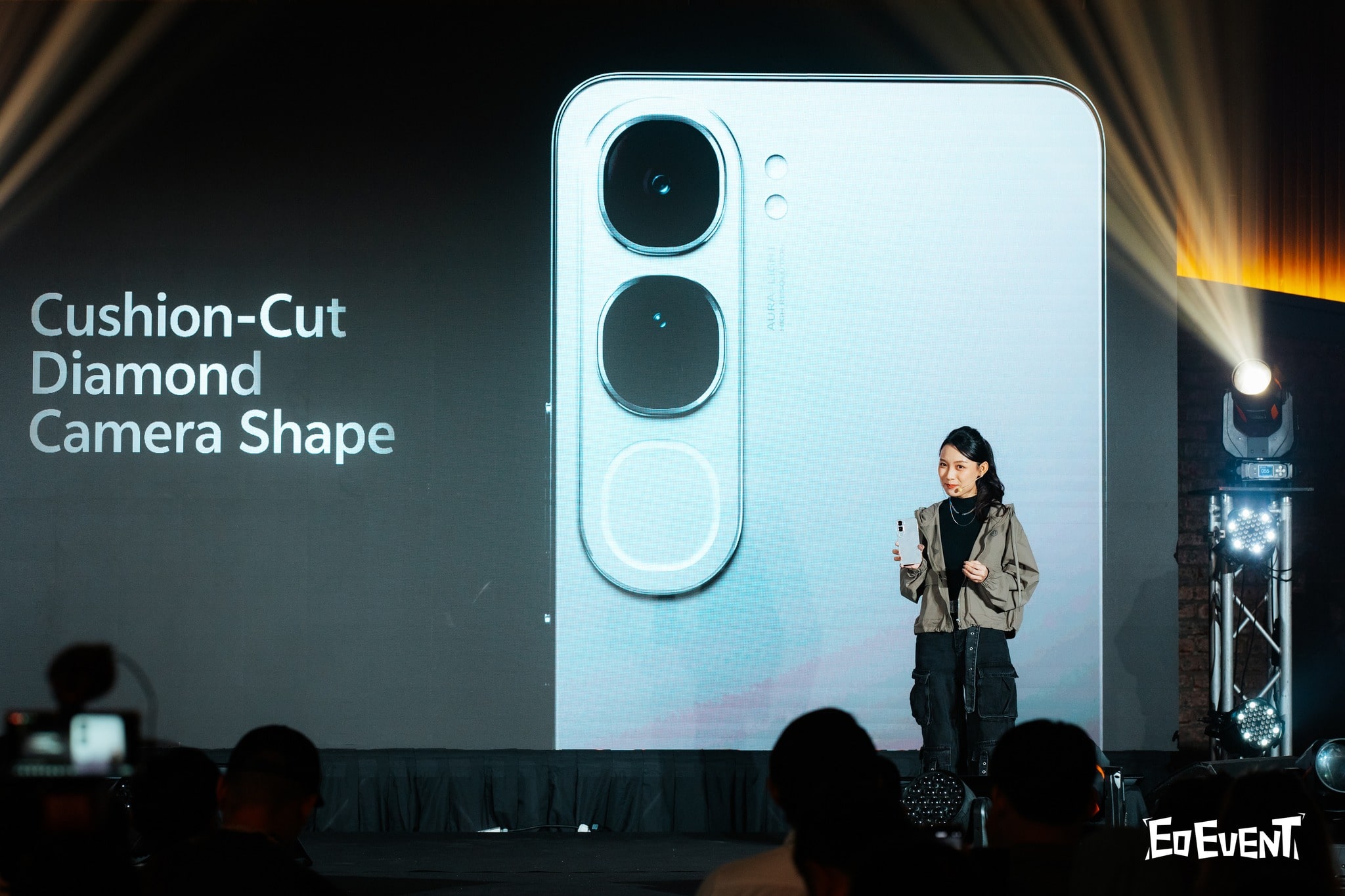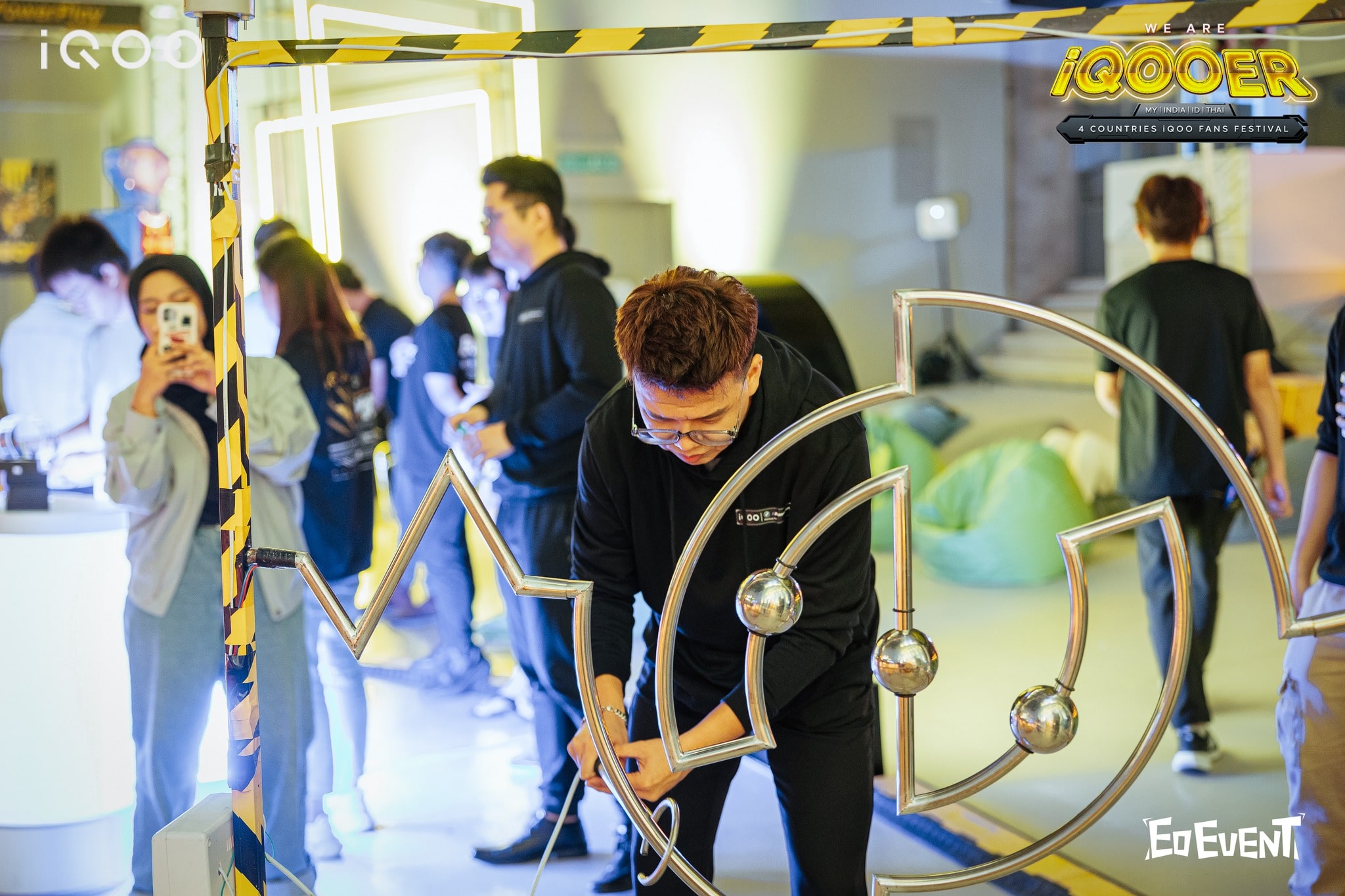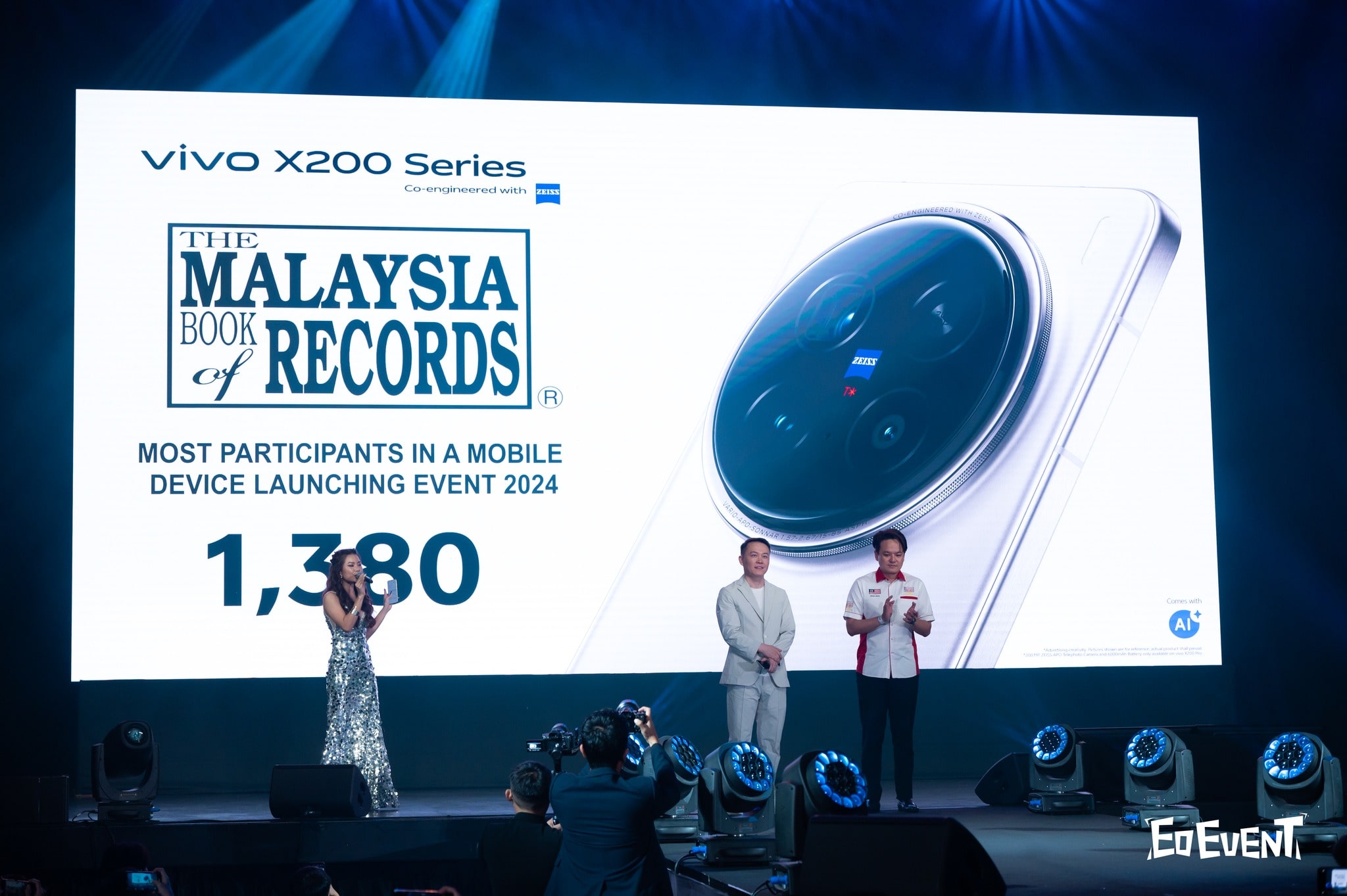Launching a new product is an exciting milestone for any business. However, organizing a successful product launch event requires meticulous planning and execution. In this guide, we will walk you through five key steps to ensure your product launch event is a resounding success.

The venue sets the tone for your entire event and plays a crucial role in its success. Here’s how to choose the perfect venue:
Identify who your target audience is. Are they industry professionals, media representatives, influencers, or loyal customers? Knowing your audience helps you choose a venue that appeals to them and meets their expectations.
Ensure the venue is the right size for your expected number of attendees. A space that is too small can make the event feel cramped, while a venue that is too large can make the event feel sparse and underwhelming.
Select a venue that is easily accessible for your attendees. Consider proximity to public transportation, parking facilities, and accommodation options if attendees are traveling from out of town.
The ambiance of the venue should align with the theme and tone of your product launch. Additionally, ensure the venue has the necessary facilities, such as audio-visual equipment, stage, seating arrangements, and catering services.
While it’s tempting to go all out, keep your budget in mind. Choose a venue that fits within your budget while still providing the necessary features and ambiance.

Your product launch presentation is the highlight of the event. It’s your chance to showcase your product’s features, benefits, and unique selling points. Here’s how to create a compelling presentation:
Your presentation should tell a story that resonates with your audience. Start with a problem or need that your product addresses, then introduce your product as the solution. Use customer testimonials, case studies, and real-life examples to make your narrative relatable.
Clearly explain what sets your product apart from the competition. Highlight its key features and benefits, and demonstrate how it can improve the lives or work of your audience.
Incorporate visuals such as slides, videos, and product demos to keep your audience engaged. Visual aids can help simplify complex information and make your presentation more memorable.
Rehearse your presentation multiple times to ensure smooth delivery. Practice in front of colleagues or friends and ask for feedback. The more familiar you are with your material, the more confident you will appear on stage.
Anticipate questions your audience might have and prepare answers in advance. A well-handled Q&A session can reinforce your product’s strengths and address any concerns.

Promotion is key to attracting the right audience to your product launch event. Here are some strategies to effectively promote your event:
Develop a comprehensive marketing plan that includes various channels such as social media, email marketing, and press releases. Identify your target audience and tailor your messaging accordingly.
Leverage social media platforms to create buzz around your event. Share teasers, behind-the-scenes content, and countdown posts. Use relevant hashtags to increase visibility and encourage attendees to share their excitement.
Send personalized invitations to your key guests, including media representatives, industry influencers, and potential customers. Consider using both digital and printed invitations for a professional touch.
Collaborate with industry influencers to promote your event. Influencers can help expand your reach and attract a wider audience. Offer them exclusive access or early previews of your product in exchange for their support.
Reach out to relevant media outlets and journalists to cover your event. Provide them with press releases, product information, and interview opportunities with key personnel. Media coverage can significantly boost your event’s visibility and credibility.

An engaging and memorable experience can leave a lasting impression on your attendees. Here’s how to create an engaging experience at your product launch event:
Incorporate interactive activities such as product demos, live demonstrations, and hands-on experiences. Allow attendees to try your product and provide feedback. Interactive activities can increase engagement and excitement.
Provide exclusive content or early access to your product for attendees. This can include limited-time offers, special discounts, or exclusive merchandise. Exclusive content can create a sense of urgency and exclusivity.
Add an element of entertainment to your event, such as live music, performances, or guest speakers. Entertainment can make your event more enjoyable and memorable for attendees.
Offer refreshments such as snacks, beverages, or a full meal, depending on the duration and timing of your event. Well-fed guests are more likely to have a positive experience.
Engage with your attendees and collect feedback during and after the event. Use surveys, comment cards, or face-to-face interactions to gather insights. Feedback can help you improve future events and better understand your audience’s needs.

Following up with attendees and measuring the success of your event is crucial for future improvements. Here’s how to do it effectively:
Send personalized thank-you notes to your attendees, speakers, and partners. Express your gratitude for their participation and support. Personalized notes can leave a positive impression and foster long-term relationships.
Share highlights from your event on your website, social media, and email newsletters. This can include photos, videos, and key moments. Event highlights can keep the momentum going and reach a wider audience.
Review the feedback you collected from attendees and analyze the data. Identify common themes, areas of improvement, and positive aspects. Use this information to refine your future events.
Evaluate the success of your event by measuring key metrics such as attendance, engagement, social media mentions, and sales leads. Compare these metrics against your goals to determine the event’s overall effectiveness.
Use the insights and data gathered from your product launch event to plan future events. Continuously refine your strategies and improve your planning process to ensure ongoing success.

Organizing a successful product launch event requires careful planning, creativity, and attention to detail. By following these five steps, you can create a memorable and impactful event that effectively showcases your product and engages your audience. Remember, a successful product launch event is not just about the product—it’s about creating an experience that resonates with your audience and leaves a lasting impression.
If you would like assistance in planning a launching event, please provide us with your contact, and we will ger in touch with you promptly.

 Vietnam
Vietnam